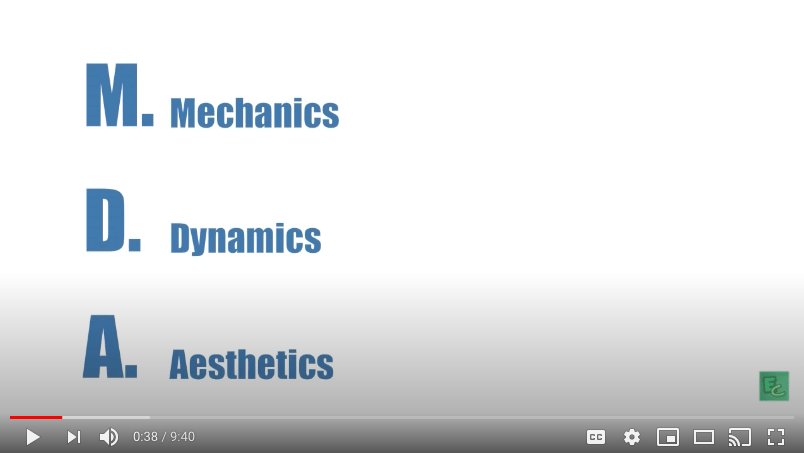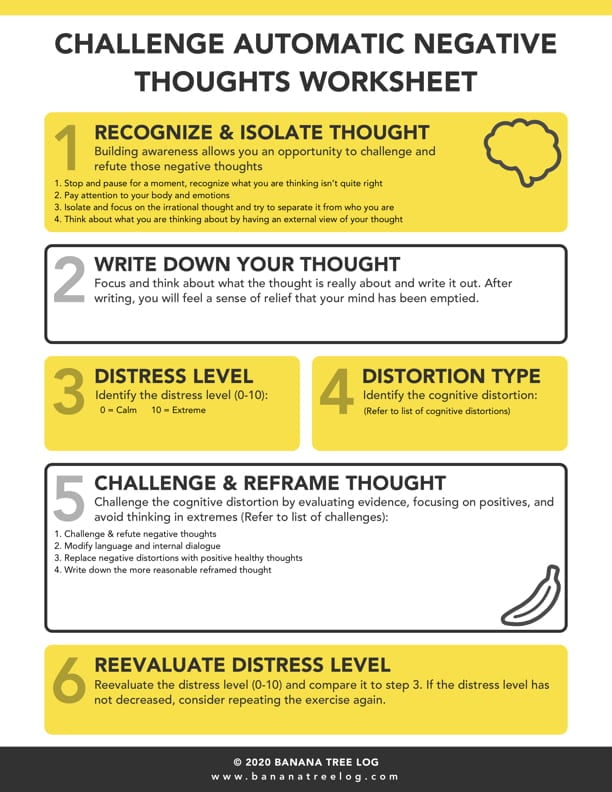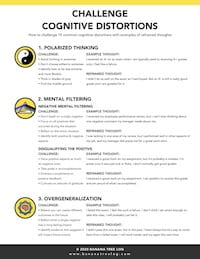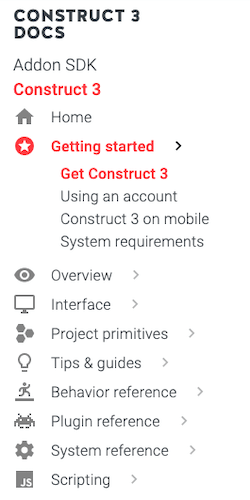COPY AND PASTE ALL THE CONTENT BELOW
- TITLE THIS BLOG POST: Game Design – Week 13 – Changes
- IF YOU WANT, PLACE A CREATIVE COMMONS IMAGE FROM SEARCH.CREATIVECOMMONS.ORG AT THE TOP OF THE POST
- REVIEW THESE BLOG POST EXAMPLES:
- DELETE ALL OF MR. LE DUC’s ALL UPPERCASE INSTRUCTIONS

“The successful free to play games are selling positive emotions. Not content.” – Nicholas Lovell
“It should be the experience, that is touching. What I strive for is to make the person playing the game the director.” – Shigeru Miyamoto
SUMMARY
- Write your weekly summary here, last, at the end of the week…
- Only one to two sentences of WHAT YOU DID
- DELETE ALL OF MR. LE DUC’s INSTRUCTIONS, AFTER YOU ARE DONE
PRACTICE ROOM (TUTORIALS)

- Set a timer for 30 minutes in this ‘room’
- Continue with either ONE of the scripting languages below, Javascript (Construct 3 / PlayCanvas) or C# (Unity) (NOT BOTH)
Construct 3 – Javascript
- https://www.sololearn.com/Course/JavaScript/
- Write the latest lesson you have completed this week
- DELETE ALL OF MR. LE DUC’s INSTRUCTIONS, AFTER YOU ARE DONE
Unity – C#
- https://www.sololearn.com/Course/CSharp/
- Write the latest lesson you have completed this week
- DELETE ALL OF MR. LE DUC’s INSTRUCTIONS, AFTER YOU ARE DONE
CLASSROOM (THEORY & ANALYSIS)


- Set a timer
- Spend up to 60 minutes
- Learn about MDA (Mechanics, Dynamics, and Aesthetics)
- MDA is a formal approach to game design and game research
- This can help you do the analysis of games
- Read the MDA Framework (PDF)
- Explore MDA Framework at Wikipedia
- Watch Aesthetics of Play – Redefining Genres in Gaming – Extra Credits
- Watch Combining Genres – How to Pick the Right Design Mechanics For Your Game – Extra Credits
- Under the Notes Heading, below, for each: Mechanics, Dynamics, and Aesthetics
- Create a heading for Eight Type of Aesthetics
- Copy and past the eight from the MDA Framework at Wikipedia
- Take notes on each of the three elements of MDA
MDA Notes
- Mechanics
- Dynamics
- Aesthetics
LAB (THEORY PRACTICED)
- Set a timer
- Spend up to 15 minutes
- According to Wikipedia:
- Mechanics are the base components of the game – its rules, every basic action the player can take in the game, the algorithms and data structures in the game engine etc.
- Dynamics are the run-time behavior of the mechanics acting on player input and “cooperating” with other mechanics.
- Aesthetics are the emotional responses evoked in the player.
Brainstorm Ideas for Each of the Eight Categories
- At least one idea per category, but feel free to add more you your favorite categories
- Write a short sentence for each idea with these three elements included in each description
- Someone or thing fighting/struggling against Someone or thing for Someone or thing
DELETE ALL OF MR. LE DUC’s INSTRUCTIONS, AFTER YOU ARE DONE
- Sensation (Game as sense-pleasure): The player enjoys memorable audio-visual effects.
- Place idea here…
- Fantasy (Game as make-believe): Imaginary world.
- Place idea here…
- Narrative (Game as drama): A story that drives the player to keep coming back
- Place idea here…
- Challenge (Game as obstacle course): Urge to master something. Boosts a game’s replayability.
- Place idea here…
- Fellowship (Game as social framework): A community where the player is an active part of it. Almost exclusive for multiplayer games.
- Place idea here…
- Discovery (Game as uncharted territory): Urge to explore the game world.
- Place idea here…
- Expression (Game as self-discovery): Own creativity. For example, creating a character resembling player’s own avatar.
- Place idea here…
- Submission (Game as pastime): Connection to the game, as a whole, despite of constraints.
- Place idea here…
OUTSIDE (CREATIVITY, PRODUCTIVITY & THE BRAIN)
- Set a timer
- Spend 30 minutes in this ‘room’

- Review the Challenging Automatic Negative Thoughts Worksheet infographic for 10 minutes (Click for larger PDF version)
- If you want, read more at bananatreelog.com/blog/challenging-cognitive-distortions
- Then review these ‘6 steps will help in reframing negative thoughts and over time your thoughts will be replaced with more rational thinking.’
- Recognize and Isolate the Thought
- Write Down the Thought
- Identify the Distress Level
- Identify the Cognitive Distortion (view PDF)
-

Worksheet from bananatreelog.com
-
- Challenge & Reframe Your Thoughts
- Reevaluate the Distress Level

- Go for a 10-minute walk, if it is safe to do so
- Reflect on this ‘simple way to overcome negative automatic thinking by challenging and reframing the thoughts in a positive way.’
- Writing a small paragraph reflection for 10 minutes
- DELETE ALL OF MR. LE DUC’s INSTRUCTIONS, AFTER YOU ARE DONE
STUDIO (CREATIVITY)

- Set a timer
- Spend 30 minutes in this ‘room’
- Read the Construct Manual Sections
- Home
- Getting started
- Overview
- Interface
- Project primitives
- Tips & guides
- Behavior reference
- Plugin reference
- System reference
- Scripting

- Read the Construct Manual Sections
- Write a couple sentence description of what you learned
- DELETE ALL OF MR. LE DUC’s INSTRUCTIONS, AFTER YOU ARE DONE
CONTROL ROOM (PRODUCTION)

- Set a timer
- Spend up to 15 minutes in this ‘room’
- Read How to collaborate on Construct projects with GitHub
- Write a couple sentence description of what you learned
- DELETE ALL OF MR. LE DUC’s INSTRUCTIONS, AFTER YOU ARE DONE
WHAT I LEARNED and PROBLEMS I SOLVED
- Write only a few sentences of WHAT YOU LEARNED
- In one or two sentences, describe a PROBLEM YOU SOLVED
- DELETE ALL OF MR. LE DUC’s INSTRUCTIONS, AFTER YOU ARE DONE
WEEKLY ACTIVITY EVALUATION
- Give feedback on this week’s class Content and Process
- Fill in the Weekly Activity Evaluation
- DELETE THIS WHOLE SECTION, AFTER YOU ARE DONE